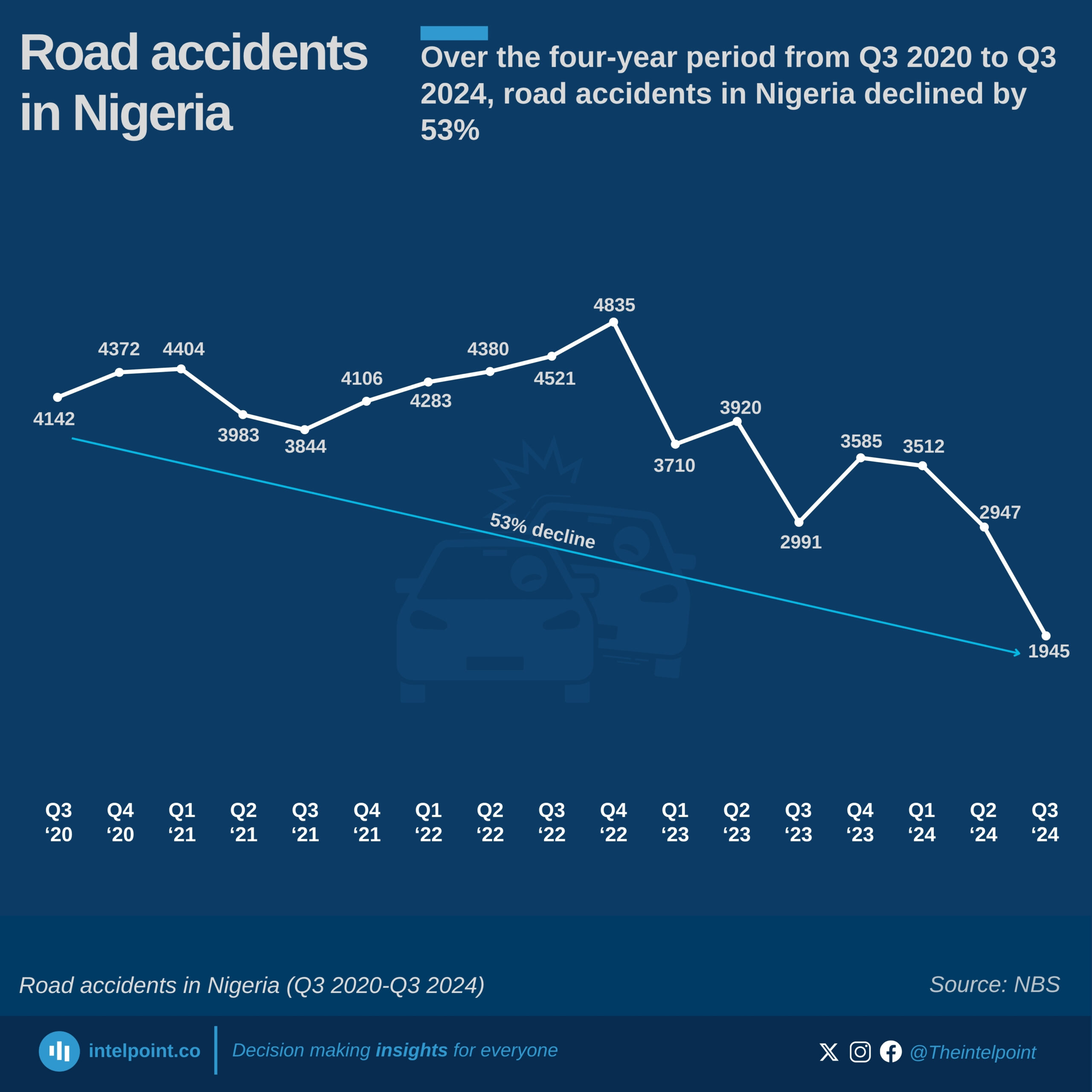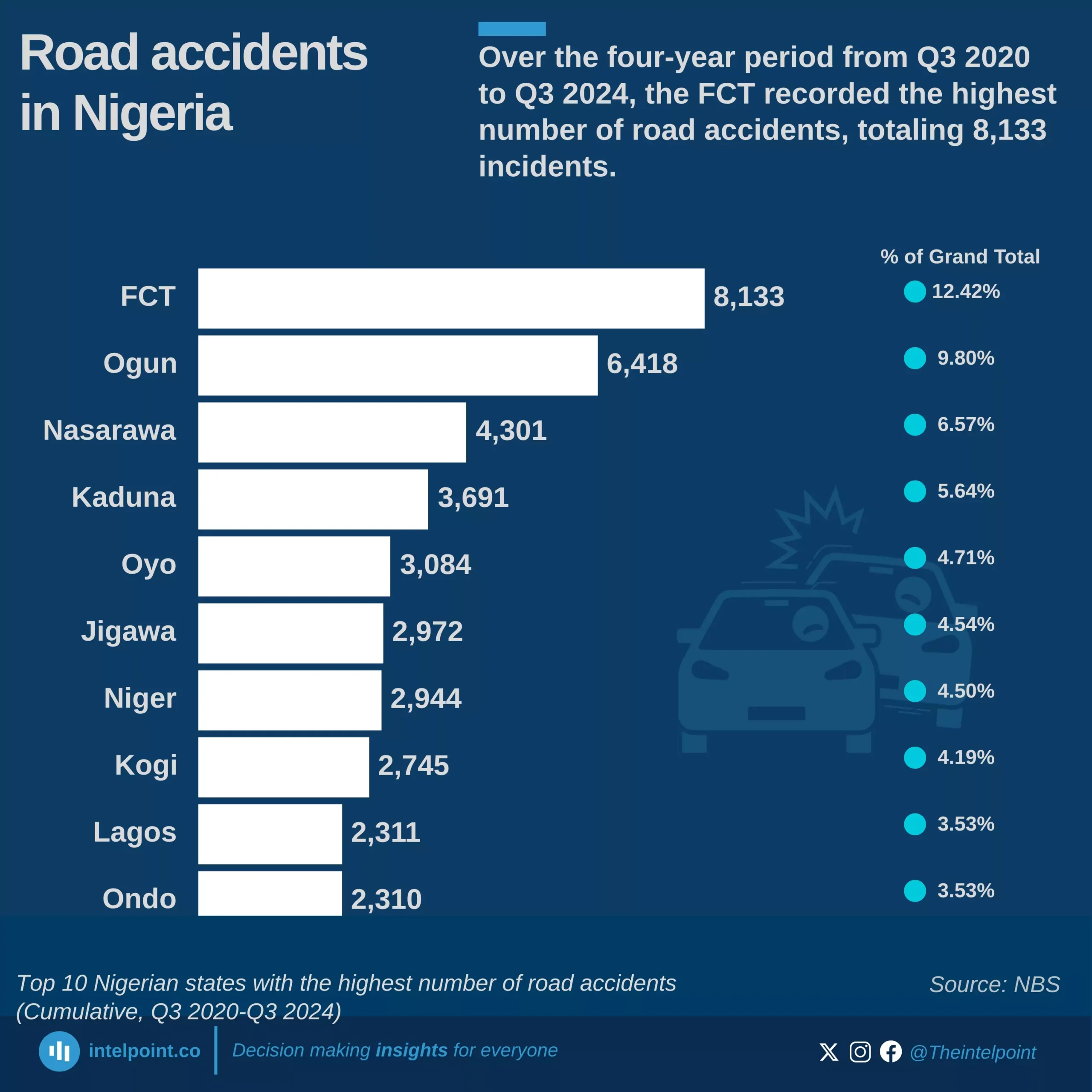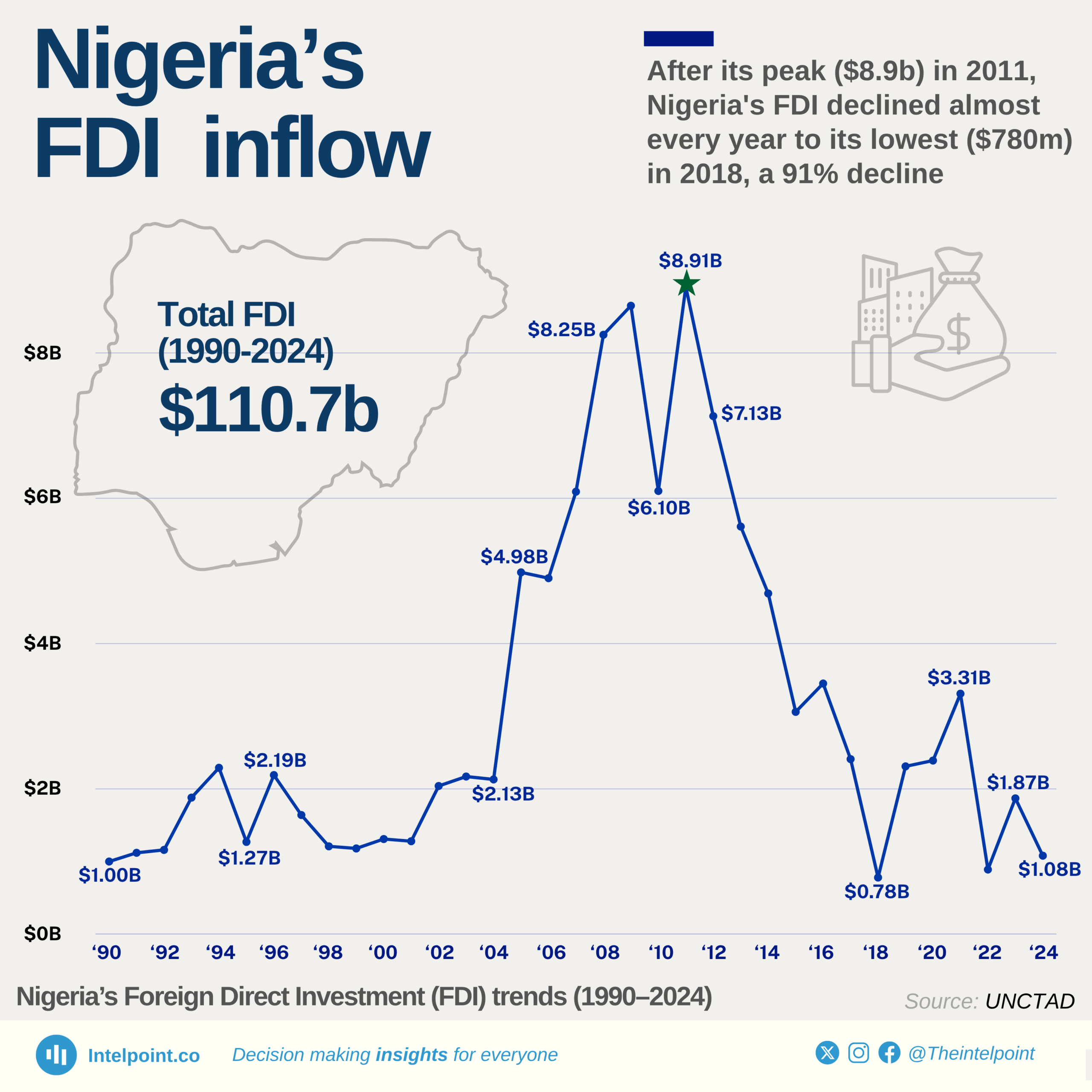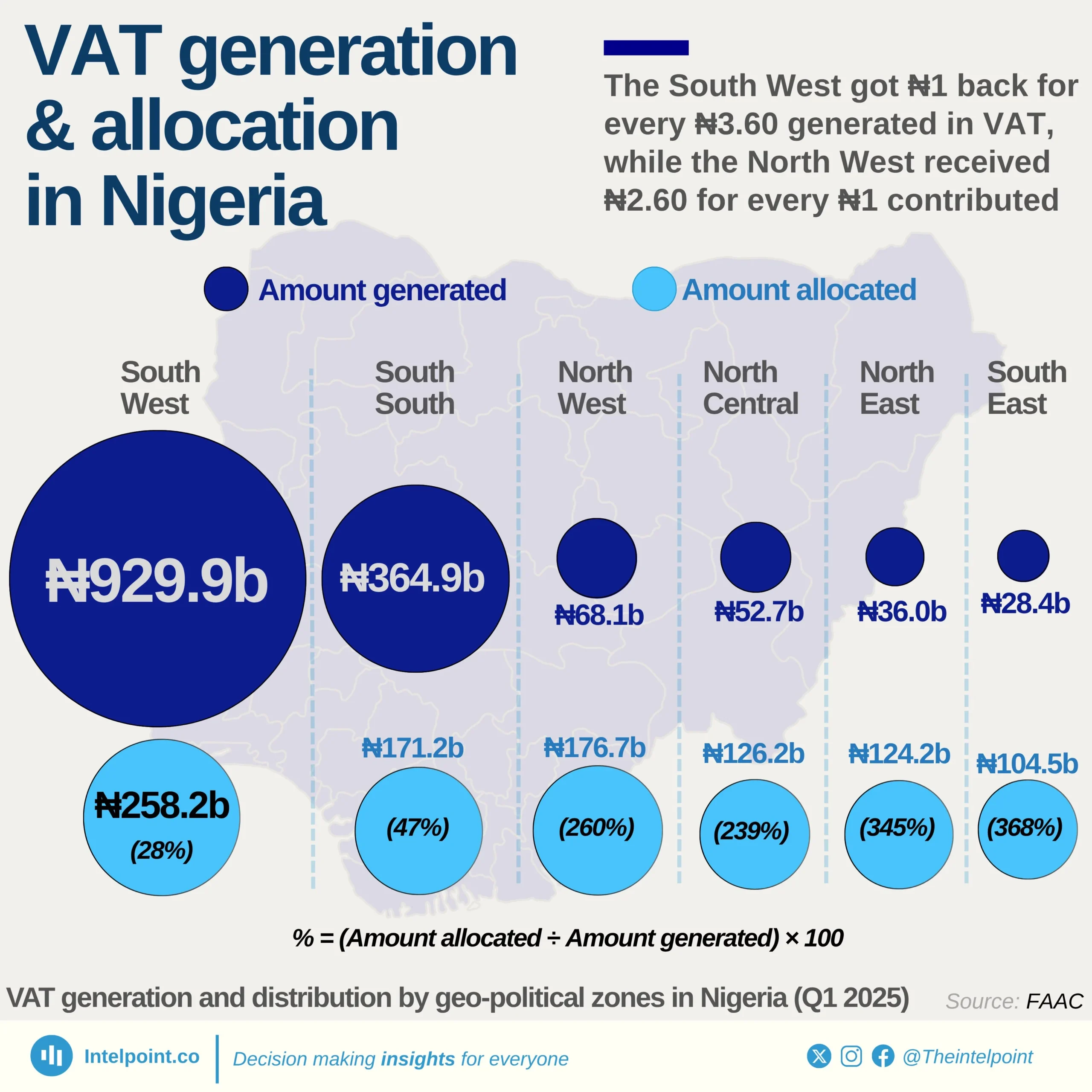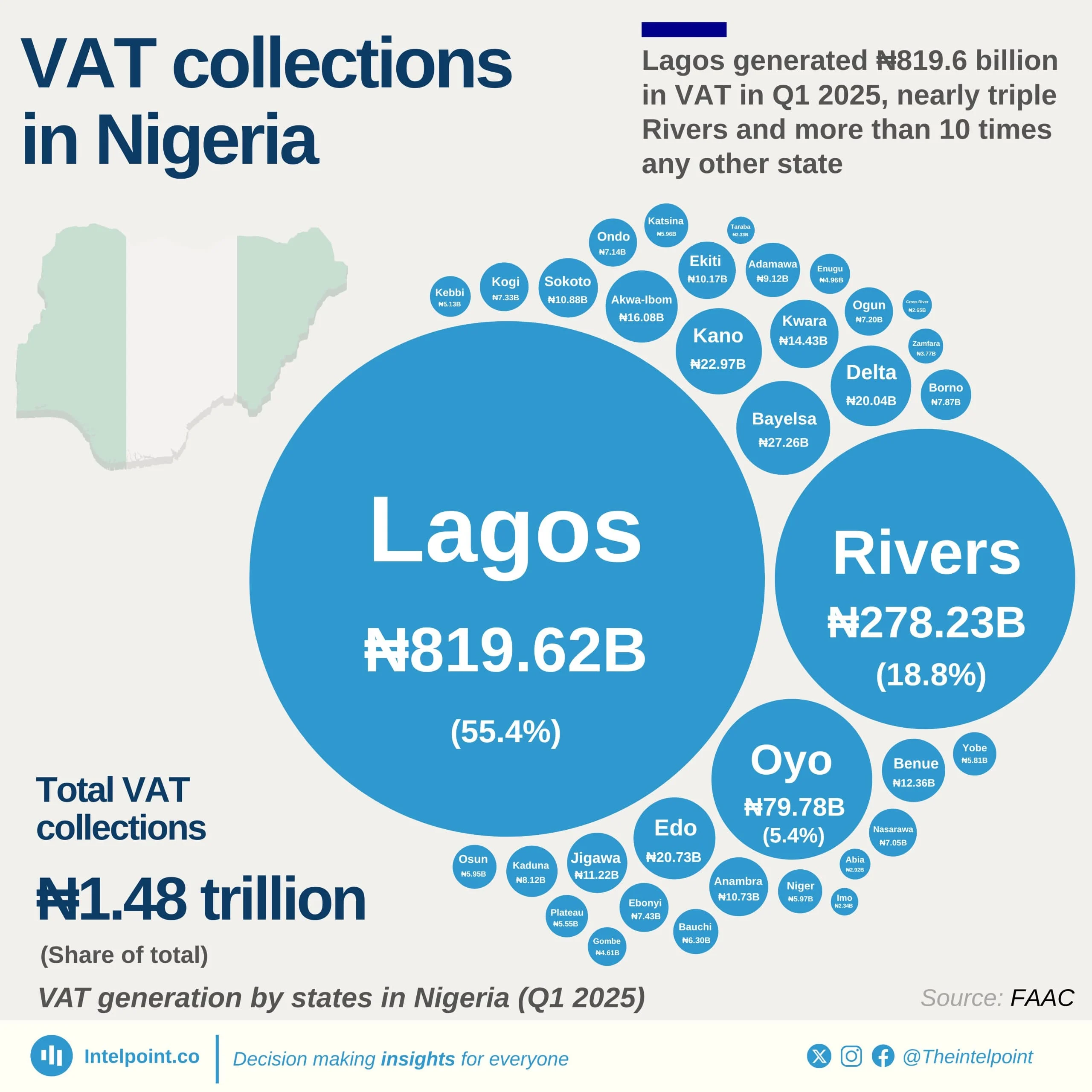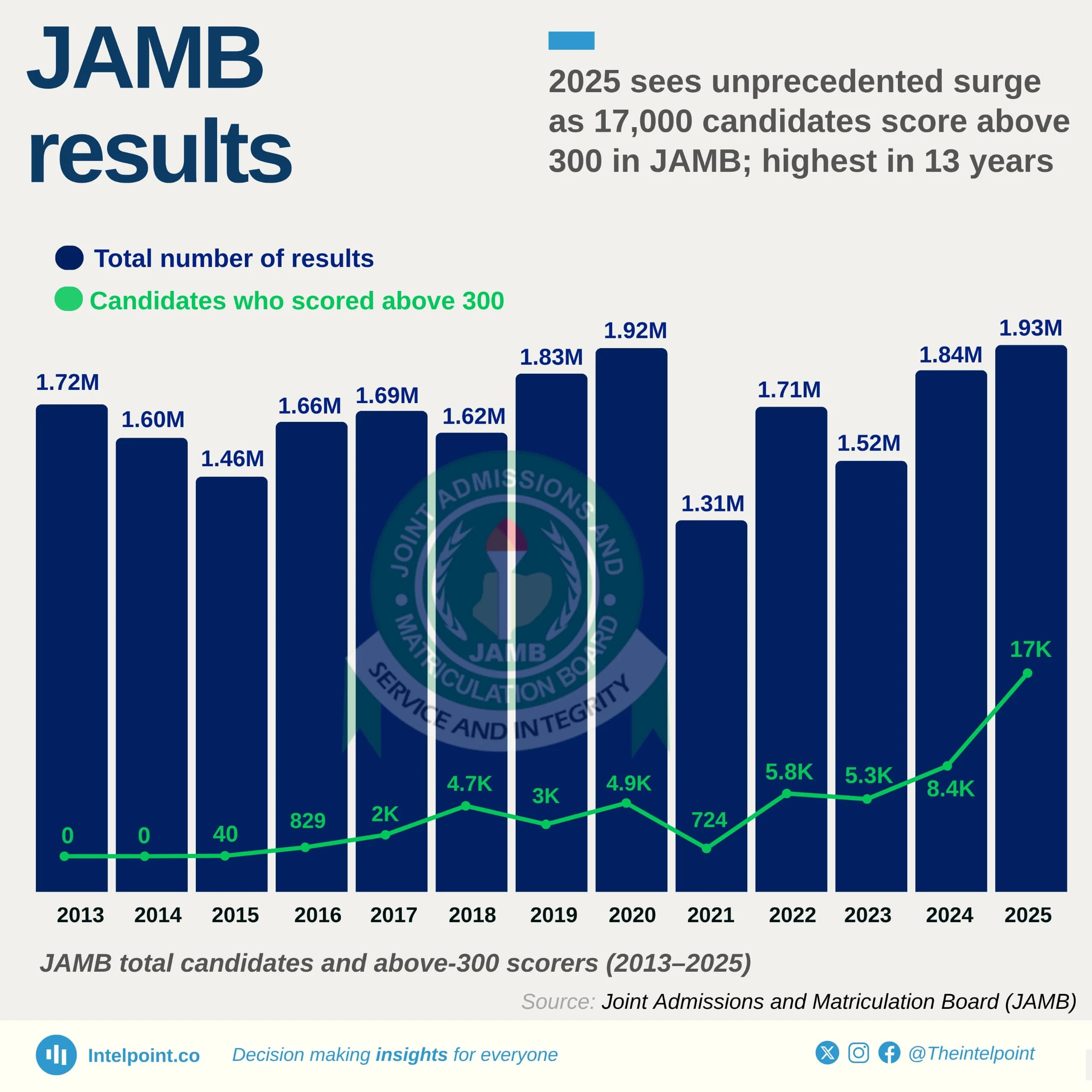In almost 61 years since Nigeria's First Republic, there have been 16 Presidents and Heads of State either by seizure, democratic election, or handing over by an interim government.
The unsuccessful attempt to restore Nigeria to democracy between 1992 and 1993 gave rise to the aborted Third Republic.
